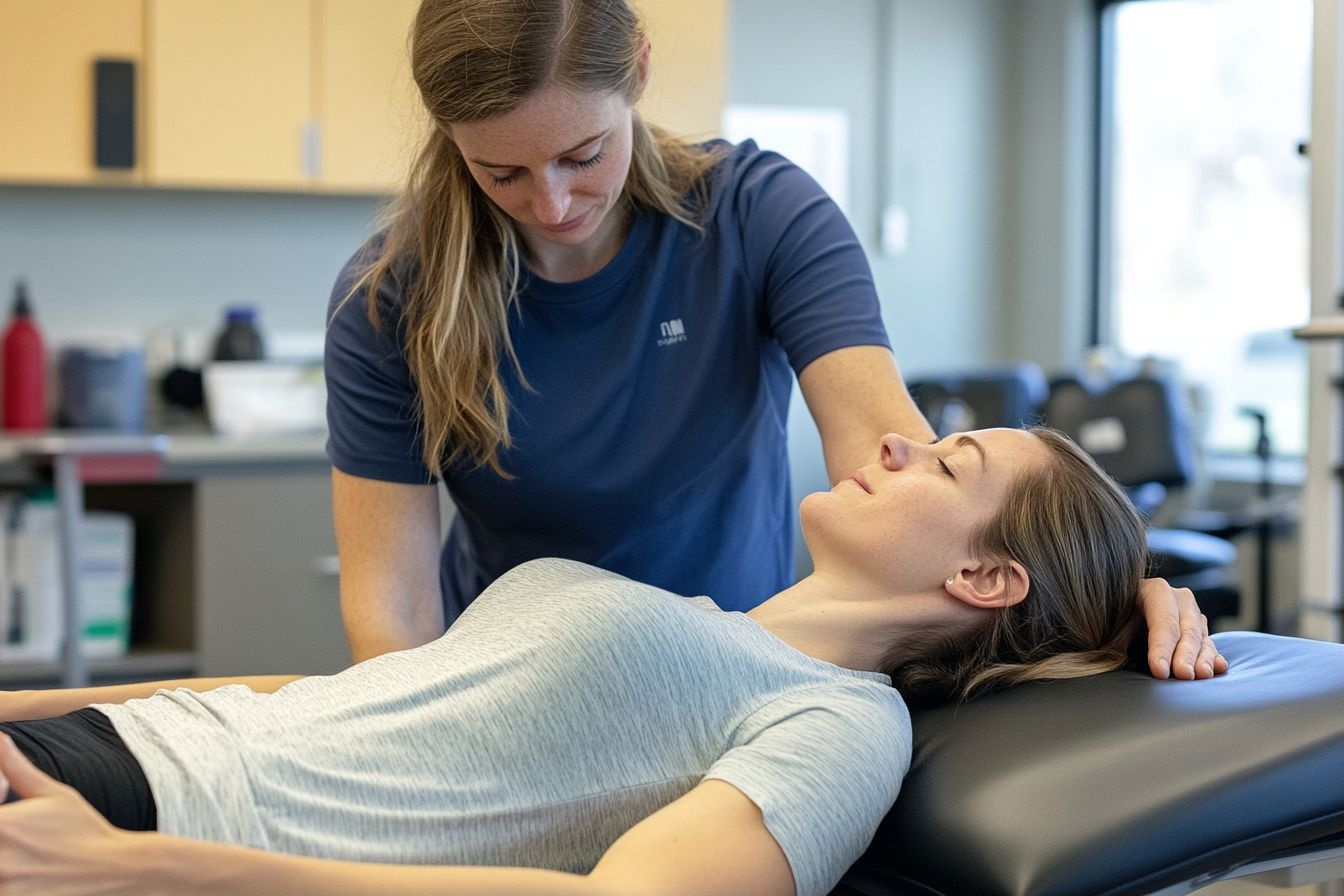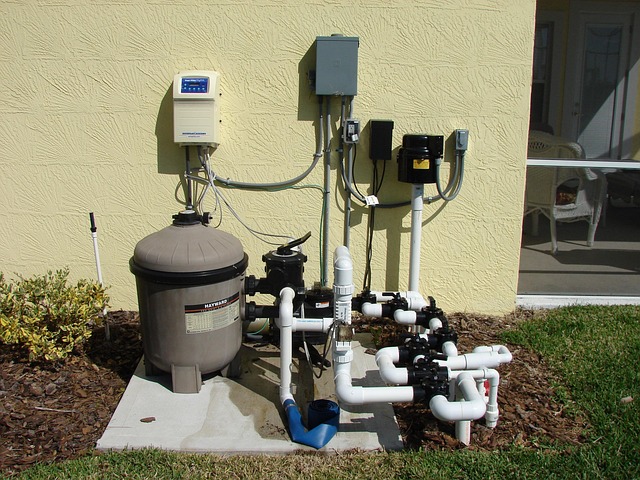Rehab in the U.S.: Understanding Available Care Options
Rehab services in the United States support individuals managing substance use, injuries, or long-term health conditions. Facilities vary widely, offering medical supervision, therapy programs, and structured environments designed to promote stability and sustained recovery pathways.

What Types of Rehab Programs Are Available in the US
Rehabilitation centers across the United States offer diverse treatment approaches tailored to different addiction types and severity levels. Inpatient residential programs provide 24-hour medical supervision and typically last 30 to 90 days, offering intensive therapy sessions, medical detoxification, and structured daily routines. Outpatient programs allow individuals to maintain work and family responsibilities while attending scheduled treatment sessions several times per week.
Partial hospitalization programs bridge the gap between inpatient and outpatient care, providing intensive daily treatment while allowing patients to return home each evening. Intensive outpatient programs offer flexible scheduling with evening and weekend options, making treatment accessible for working professionals and students.
How Rehabilitation Centers in the USA Operate
Rehabilitation facilities in the United States follow evidence-based treatment protocols established by organizations like the Substance Abuse and Mental Health Services Administration. Most centers begin with comprehensive assessments to determine appropriate care levels and develop personalized treatment plans. Medical professionals, licensed therapists, and certified addiction counselors work together to address both physical and psychological aspects of addiction.
Treatment typically includes individual counseling, group therapy sessions, family therapy, and educational workshops about addiction and recovery. Many facilities incorporate holistic approaches such as art therapy, meditation, and fitness programs to support overall wellness during the recovery process.
Understanding Substance Recovery Programs
Substance recovery programs in the US address various types of addiction including alcohol, opioids, cocaine, methamphetamine, and prescription drug dependencies. Each program type focuses on specific substances while addressing underlying mental health conditions that may contribute to addictive behaviors.
Alcohol recovery programs often include medically supervised detoxification due to potentially dangerous withdrawal symptoms. Opioid treatment programs may incorporate medication-assisted treatment using FDA-approved medications like methadone, buprenorphine, or naltrexone. Stimulant addiction programs focus heavily on behavioral therapies since no FDA-approved medications currently exist for cocaine or methamphetamine addiction.
What Inpatient Rehab Services Include
Inpatient rehabilitation services provide the highest level of care for individuals with severe addictions or those who have struggled with multiple failed attempts at recovery. These programs offer 24-hour medical supervision, structured daily schedules, and intensive therapeutic interventions in a controlled environment free from triggers and temptations.
Services typically include medical detoxification, individual and group counseling, psychiatric evaluation and treatment, nutritional counseling, and discharge planning with aftercare coordination. Many inpatient facilities also provide specialized tracks for specific populations such as adolescents, women, veterans, or individuals with co-occurring mental health disorders.
Exploring Addiction Treatment Facilities Nationwide
The United States houses thousands of addiction treatment facilities ranging from small private practices to large hospital-based programs. Nonprofit organizations, private companies, and government-funded centers all contribute to the national treatment infrastructure. Some facilities specialize in specific treatment approaches like cognitive-behavioral therapy or 12-step facilitation, while others offer comprehensive programs incorporating multiple therapeutic modalities.
Luxury treatment centers provide amenities like private rooms, gourmet meals, and spa services, while community-based programs focus on accessible, affordable care. Faith-based facilities integrate spiritual components into treatment, and culturally specific programs serve particular ethnic or demographic communities with tailored approaches.
| Facility Type | Treatment Duration | Services Offered | Cost Estimation |
|---|---|---|---|
| Inpatient Residential | 30-90 days | 24/7 medical care, therapy, detox | $15,000-$50,000 per month |
| Outpatient Programs | 3-12 months | Counseling, group therapy | $1,000-$5,000 per month |
| Luxury Facilities | 30-90 days | Premium amenities, private therapy | $30,000-$100,000 per month |
| Community Centers | Ongoing | Support groups, basic counseling | $100-$500 per month |
Prices, rates, or cost estimates mentioned in this article are based on the latest available information but may change over time. Independent research is advised before making financial decisions.
Most rehabilitation centers accept various insurance plans, and the Affordable Care Act requires insurance companies to cover substance abuse treatment as an essential health benefit. Many facilities offer sliding scale fees based on income, payment plans, and scholarship programs to make treatment accessible regardless of financial circumstances.
The journey through rehabilitation involves multiple phases including assessment, detoxification when necessary, active treatment, and aftercare planning. Success rates vary depending on individual factors, program quality, and post-treatment support systems. Research indicates that longer treatment durations and comprehensive aftercare programs significantly improve long-term recovery outcomes.
This article is for informational purposes only and should not be considered medical advice. Please consult a qualified healthcare professional for personalized guidance and treatment.




